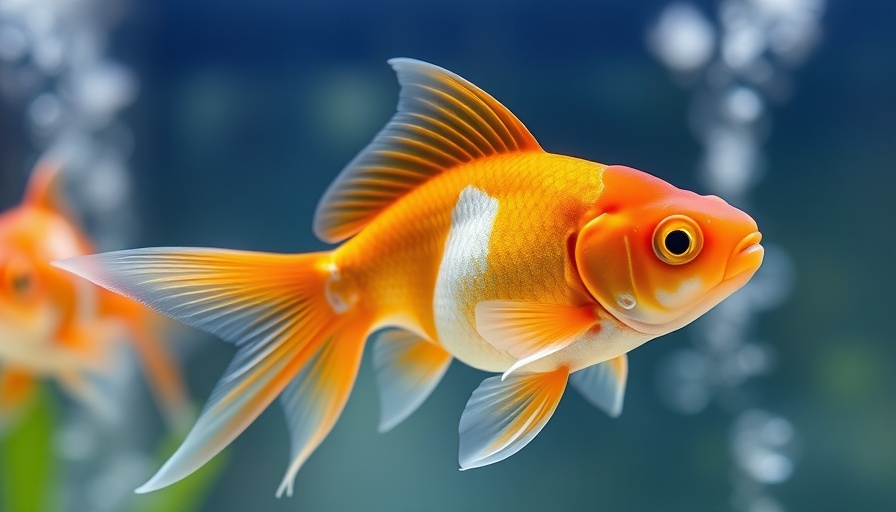
Knowing When It's Time: A Compassionate Approach to Fish Euthanasia
Fish may not express their discomfort in the way dogs or cats do, but that doesn't mean they don't experience pain or suffering. Understanding when to consider fish euthanasia is crucial for pet owners dedicated to the welfare of their aquatic companions. While it is a tough decision, ensuring your pet fish lives its best possible life is what every responsible pet owner strives for.
The Quality of Fish Life: Key Indicators
In the world of fishkeeping, recognizing the signs that your cherished pet may be suffering is imperative. Conditions that may warrant euthanasia include terminal illnesses, severe injuries, or age-related decline. Just like with any pet, the priority is to maintain quality of life.
A vital aspect to consider is social behavior. Fish are inherently social creatures; thus, if a fish isolates itself from its tank mates, it may be a sign of distress. For schooling fish such as goldfish or tetras that typically thrive in groups, isolation can indicate serious medical concerns. If your fish prefers solitude over interaction, it may be time to consult a veterinarian.
Understanding Appetite: The Key to Fish Health
An important indicator of a fish’s health is its appetite. Healthy fish will actively feed, while a fish that refuses food often exhibits signs of illness. When a fish becomes withdrawn and stops eating, it is crucial to act. Often, the refusal to eat correlates with energy issues, making recovery increasingly challenging.
For owners concerned about their fish's reluctance to feed, it's wise to discuss potential dietary adjustments with a veterinarian. Some fish may require specialized food to aid in buoyancy or digestive issues. Regular feeding routines can be crucial in motivating sick fish, and adjusting diets can sometimes lead to improved health.
Humane Euthanasia: Ensuring a Peaceful End
If after consultation and consideration, the decision to euthanize is made, it is essential to approach the process with thought and care. The American Veterinary Medical Association (AVMA) has established guidelines outlining humane euthanasia methods that ensure fish experience minimal distress. Methods that involve the use of anesthetics are preferred as they provide a calm transition.
It’s crucial to be aware of inhumane practices, which include freezing or flushing fish—actions that are neither merciful nor ethical. Responsible pet ownership extends to making informed decisions regarding euthanasia, ensuring your fish is treated with respect and kindness in its final moments.
Facing the Difficult Decision: Support and Understanding
The decision to euthanize a pet is never made lightly, and it is often accompanied by grief. Owners may find comfort in acknowledging their feelings and seeking support from fellow fish enthusiasts or veterinary professionals who understand the emotional toll of such decisions.
Local pet communities can also be a great resource, allowing pet owners the chance to share their grief and receive advice regarding the best course of action for their beloved fish. Knowing that others share similar experiences can significantly ease feelings of isolation.
Looking Ahead: The Value of Education in Aquatic Care
As aquarists, continual learning is fundamental to ensuring the well-being of our aquatic friends. Engaging with resources, such as professional vet consultations and credible online articles, can empower pet owners to make informed decisions about their fish's health. Beyond just preventing illness, education plays a critical role in understanding the social needs and dietary requirements of various fish species.
In conclusion, the responsibility of pet ownership comes with both joy and sorrow. Ensuring a compassionate approach when the time comes for fish euthanasia reflects the profound bond shared between an owner and their pet. While the health of our aquatic companions can sometimes be neglected, making informed and compassionate decisions is part of what it means to be a responsible pet owner.
For those facing the difficult reality of euthanizing their fish, taking the appropriate steps with care and compassion can make all the difference, allowing for a dignified close to your fish’s life.
 Add Row
Add Row  Add
Add 


Write A Comment